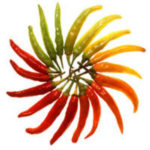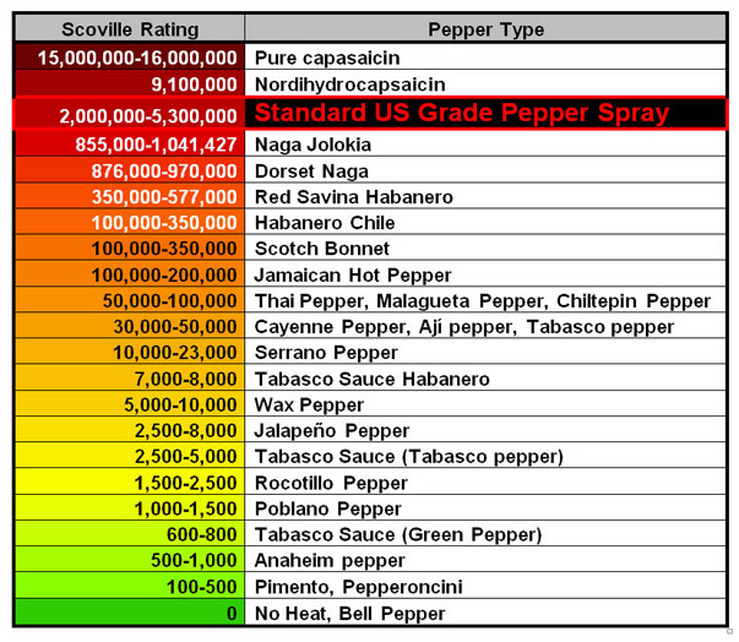
I use a mix of chili powders in most of the spicy foods I make. I take the California (Anaheim) which is mild and I mix it with a hotter variety like Arbol to get the right amount of heat for my personal taste. When I was younger I liked my food a lot hotter but my taste for the actual chili flavor has not changed. Since I know that the pain I feel from the chili is just a sensation (it’s not actually causing damage) I will sometimes push the burn to the limits if the flavor is there.
I think a little burn is pleasant but I know people who claim that they have never met a chili hot enough for them… Ever heard of runners’ high? Chili peppers can produce an endorphin rush sort of like vigorous exercise such as running or even jogging. Is this why some people claim there is not a chili hot enough for them? Well, the chili doesn’t have to burn to give an endorphin rush so everyone can be a junky if they want to which isn’t a bad thing considering chili peppers are very good for you, they are low in calories but high in vitamins A, C, and E as well as folic acid and potassium.
 For thous who are a member of the “that’s too spicy for me” club but want to be in the “I’ve never met a chili to hot for me” club as well as those who just want to eat good tasting food but unfortunately cannot tolerate any burn at all, Cheech had the right idea! The chemical capsaicin in peppers is what causes the burning sensation and since it breaks down in fat ice cream is the best thing you can do to for your chili burn, plus the cooling sensation helps with the pain.
For thous who are a member of the “that’s too spicy for me” club but want to be in the “I’ve never met a chili to hot for me” club as well as those who just want to eat good tasting food but unfortunately cannot tolerate any burn at all, Cheech had the right idea! The chemical capsaicin in peppers is what causes the burning sensation and since it breaks down in fat ice cream is the best thing you can do to for your chili burn, plus the cooling sensation helps with the pain.

Mafia Squirrels terrorizing your bird feeder? Birds are not affected by capsaicin which is more pungent in the seeds of the pepper so mixing some chili pepper seeds into your bird feeder might just keep those mafia squirrels from taking over, and don’t worry it doesn’t hurt the squirrels or the birds. If you don’t want to play bird food chemist there are plenty of companies who sell squirrel proof peppered bird seed, just ask Google.
Wilbur Scoville created the Scoville scale which measures the piquancy (heat) of a chili pepper.
